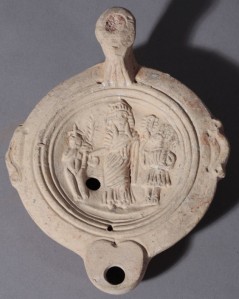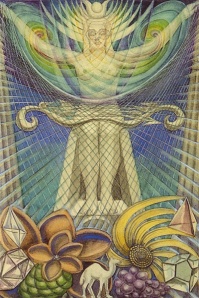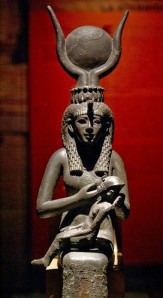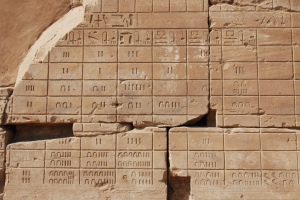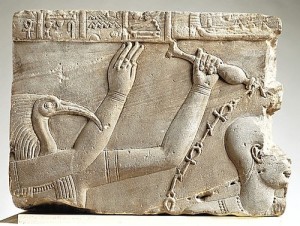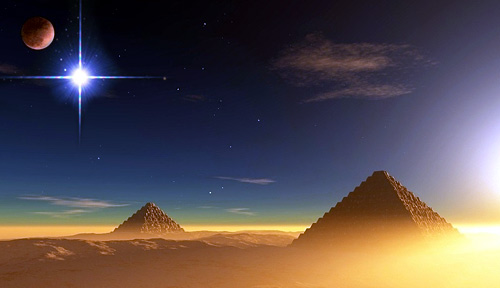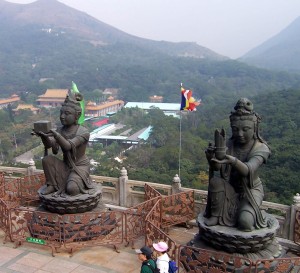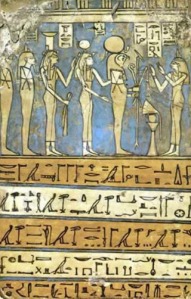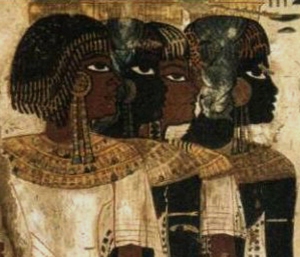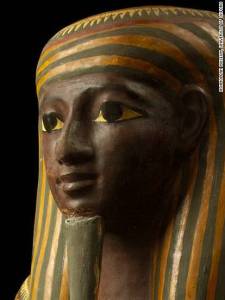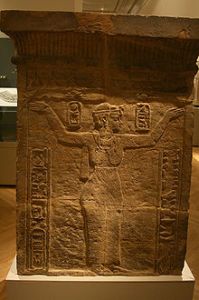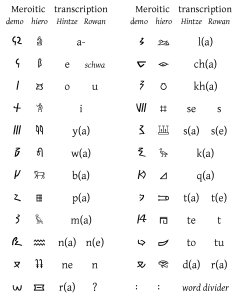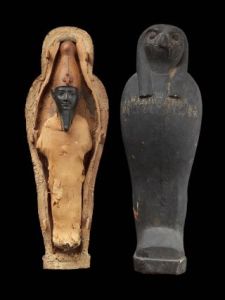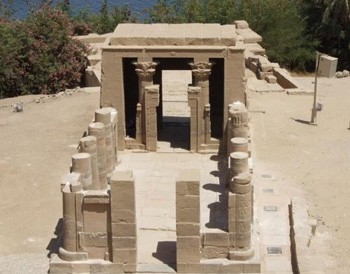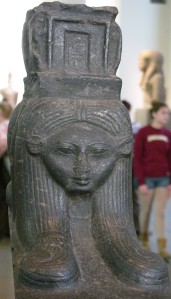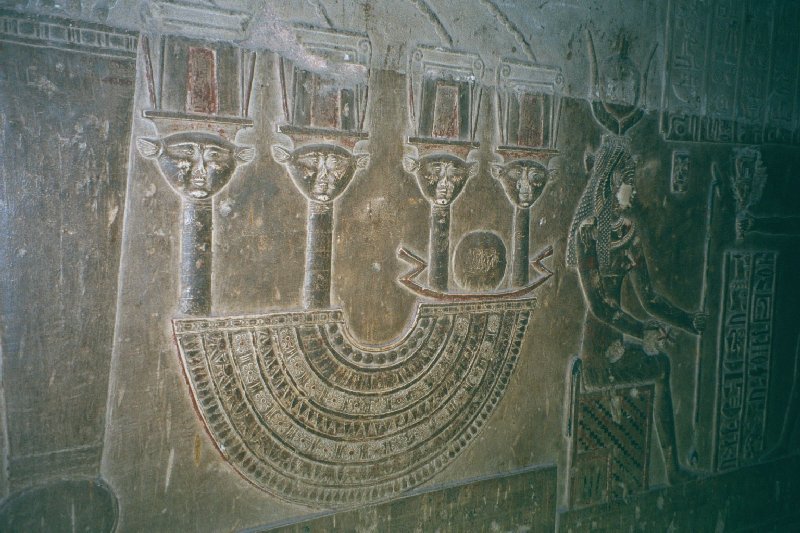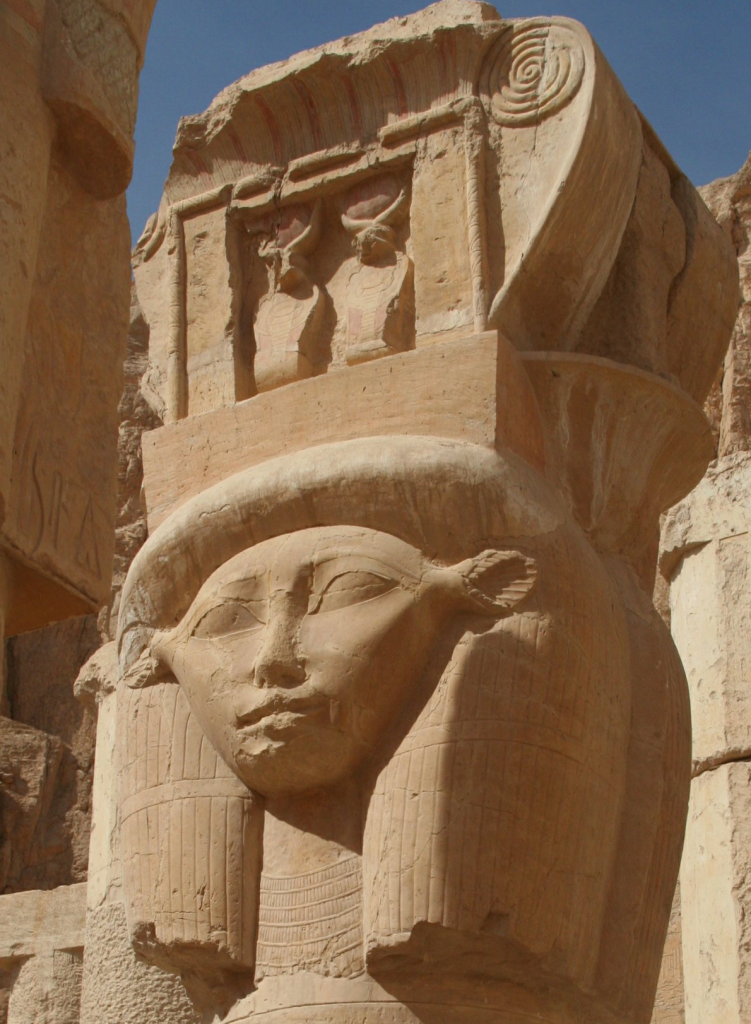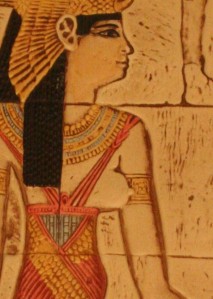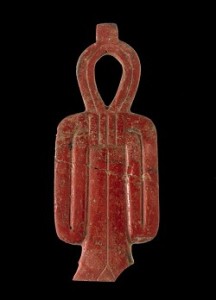
The last time I posted this, it was for the people and the land of the sacred Isis Oasis in California, which was being threatened by fire. This time, it for those of us in Oregon—and the entire West Coast of the US—as wildfires sweep through our climate-change dried forests. (Nah, there’s no problem here.)
At present, we are under no evacuation orders here in Multnomah County (where Portland is). There are many of us who have been Working weather magic; myself included. In fact, once I post this, it’s down to the temple to do it again. I would be so glad to have you join me. Here is the invocation I’m using:
We Call the Waters, the Healing Waters, the Nourishing Waters, the Starry Waters. We Call the Waters, the Blood of Isis.
Isis, Lady of Rain and Dew. Lady of Magic Who Calls Forth the Waters of the Great River. Let the Rain Folk come! Let the Cloud Folk come! Let the Fires die and the Winds be still. Rain, Goddess, rain!
Amma, Iset.
Our air is getting slightly more humid as marine air comes in, but the smoke is choking. We hope for rain early next week. May Our Lady bring it soon!
And so, I offer you this post about Isis’ connection with the life-living Waters…
In Egypt, the waters of the Nile were (and I suspect, are) sacred. The ancients usually called the Nile simply, “the Great River (Iteru)” or by the name of the Nile God Hapy, though they had other terms for it as well: Sweet Waters, The Circler, and Cooling.
Since the annual Inundation flooding of the Nile was The Thing That Made Life Itself Possible in Egypt, many Deities were connected with the Great Flood in addition to Hapy. (You’re way ahead of me, aren’t you?) Yes, Isis is prominent among them.
As early as the Pyramid Texts, Isis is connected to Sopdet, Who, as the star Sirius, is the Herald of the Inundation. As Iset-Sopdet or Isis-Sothis, the Goddess was known to be the bringer of the holy flood because Her beautiful star was seen rising in the pre-dawn sky just before the beginning of the Inundation. In the Coffin Texts, Isis is also the bringer of water, this time to the deceased: “It is Isis who will give me water,” says Spell 473. As a healing Goddess, Isis is called upon the bring cooling water to dampen the heat of inflamed wounds or burns. She was also associated with rain. At Philae, She is “the rain-cloud that makes green the field when it descends.” The calendar in the Rhind Mathematical Papyrus notes “Birth of Isis: the heaven rained.”
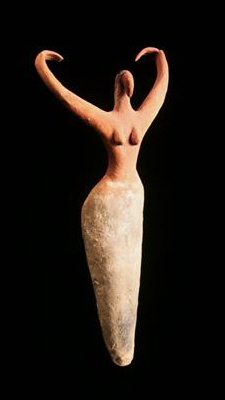
The Greek travel writer Pausanias relates a story, no doubt told to him by an Egyptian, that it is the mourning tears of Isis that causes the waters of the Nile to rise. As Iset-Meheyet (“Isis the Flood”), Isis is Herself the holy Inundation.
In Isis Magic, you’ll find a number of ways for honoring Isis as Lady of the Waters. For instance, there is a ritual for transforming any water into sacred Nile water for use in your rites, as well as an autumn ritual for celebrating your own “Inundation.”
I recently learned of yet another Nile Goddess Who became assimilated with Isis. She first shows up in Egypt on coins from the last decade BCE and keeps Her place on Alexandrian coinage until 273 CE. She is considered the wife of Hapy. Her name is Euthenia, a Greek name as you can see, and it means “abundance” and “plenty.” In Greece, Euthenia was known as one of the Graces.
When Euthenia came to Egypt, the Egyptians were not content to leave well enough alone. They started to connect Her with their own abundance-bringing Goddess Isis. We can see this happening in a statue of Euthenia now in the Greco-Roman museum in Alexandria and shown here. Like the famous statues of the Nile in the Vatican and Naples Museums, Euthenia is shown reclining, cup in hand, and surrounded by the child-cherubs known as putti. Like the Nile God, She, too, is leaning on a sphinx. But tied into the front of Euthenia’s robe is—an Isis knot! Just like the ones seen tied into the robes of Isis’ priestesses. So now we clearly have Isis-Euthenia—and an example of the Egyptianizing of a Greek Goddess rather than the Hellenizing of an Egyptian Goddess.
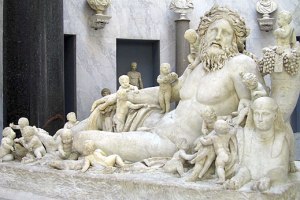
In Greek myth, river Gods often have a plethora of water-nymph daughters. Turns out the Egyptians had a similar idea. The 20th dynasty tomb of Ramesses IX says that “the two daughters of Hapy shatter for you [Re] the Evil Doer.”
And once more we can connect Isis with the Nile, for She, too, is called “Nymph” in the Oxyrhynchus Invocation of Isis.
There is also a famous and sad inscription from a father who lost his daughter Isidora (you see why this caught my attention) in her youth. The inscription is from her tomb wherein her father laments, “Praise Isidora with libations and prayer, the maiden who was abducted by the nymphs. Hail, my child, Nymph is your name…” Scholars are unsure, but this may mean that the girl drowned.
The tradition of the Nile God and Goddess, Hapy and Isis-Euthenia, remained potent far into Pagan-hostile times. In the seventh century CE, under the Emperor Mauricius (who was suspected of having Pagan sympathies), a miracle occurred. From out of the waters of the Nile emerged two gigantic human figures, one male, one female. Some decried this apparition as the work of demons, others took it as a sign that the Great River was both male and female. I don’t know what the rest of this story is, but I will try to find out. I wonder if someone brought up two of the offering statues that were sometimes given to the Nile?
As late as the Medieval Period, a large statue of a woman with a child—surely Isis with Horus—was in the church of El-Mu’llaqa in Old Cairo and was supposed to prevent the area from being submerged in the ongoing annual inundation. I couldn’t find any photos of the statue, but this is a Coptic Church and has quite a few sacred images of Mary throughout the grounds.
And so we call upon Isis Who brings rain, Who fills the rivers with Her tears, Who Calls the Waters. May She surround and protect.
I love these old photos. This one is from the 1890s; the ballerina Vera Karalli in a pose from the ballet, The Pharaoh’s Daughter. She is surrounded by The Nile and His many children.





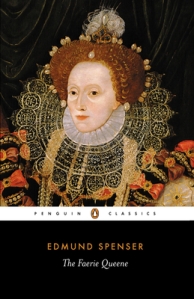
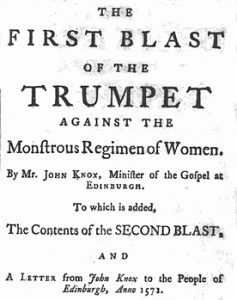










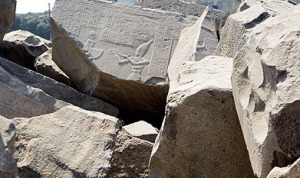
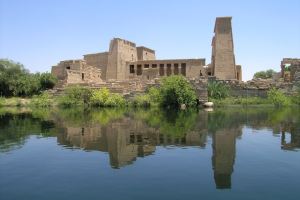



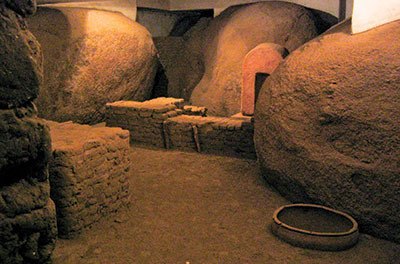


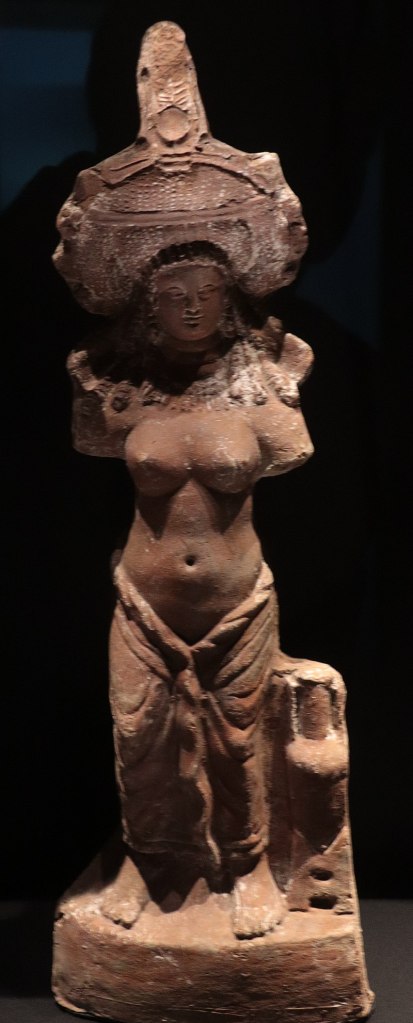




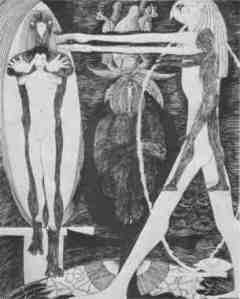


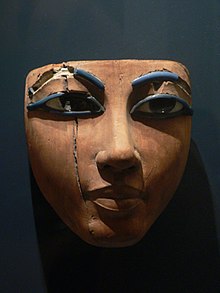





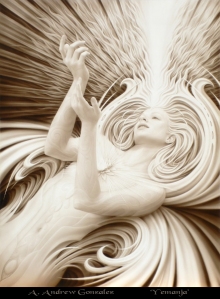














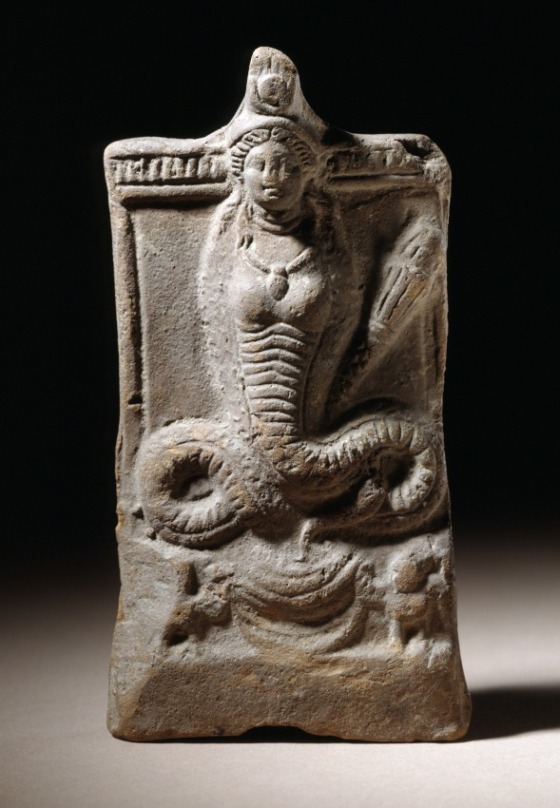
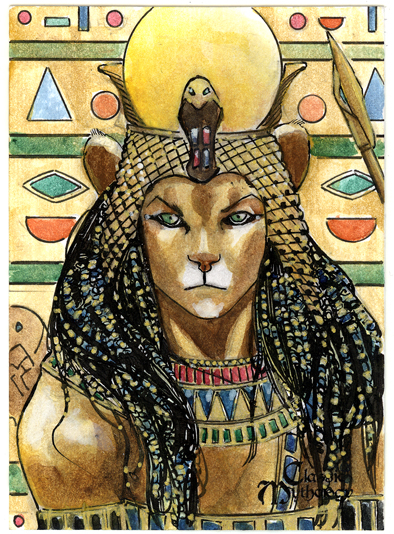




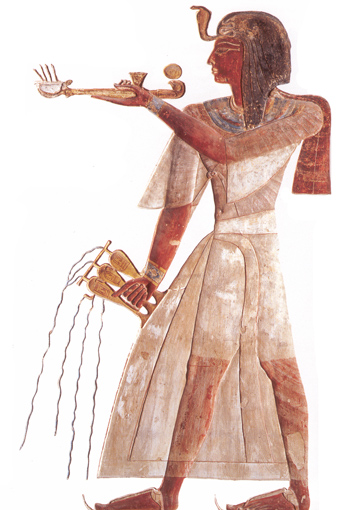








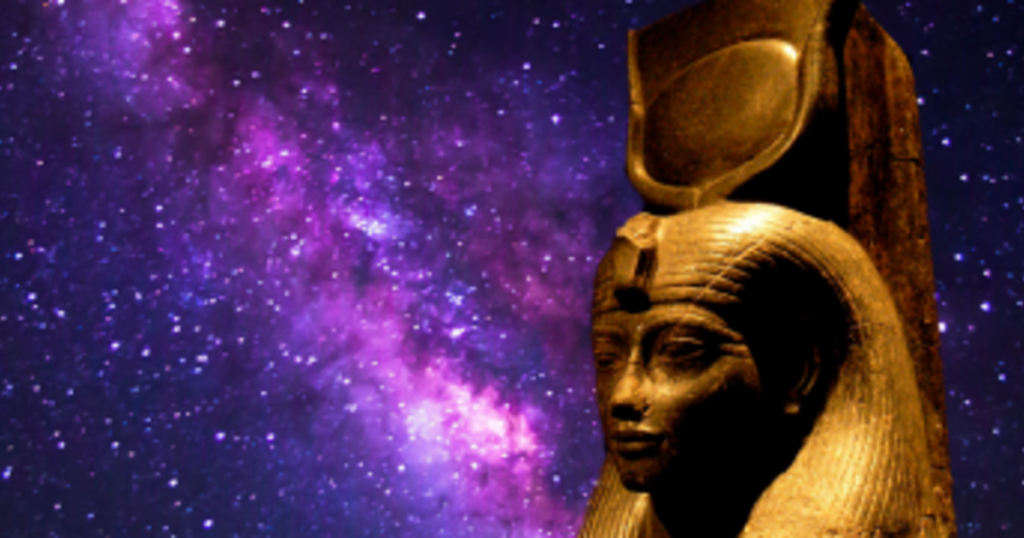

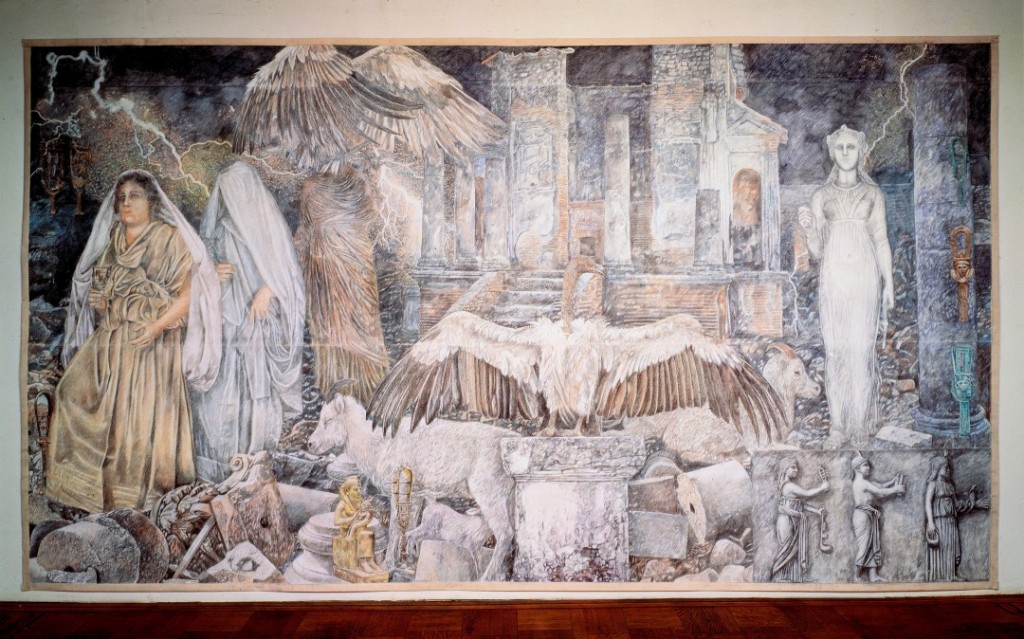


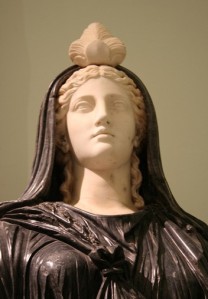
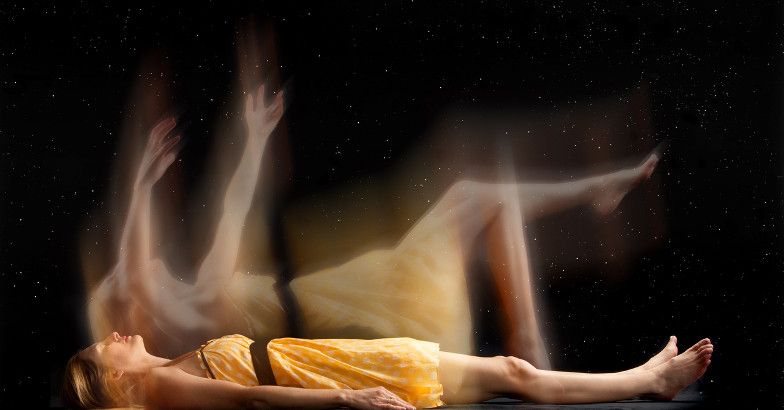



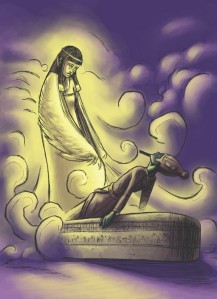


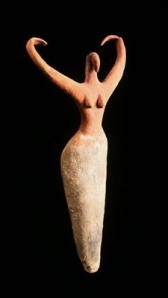
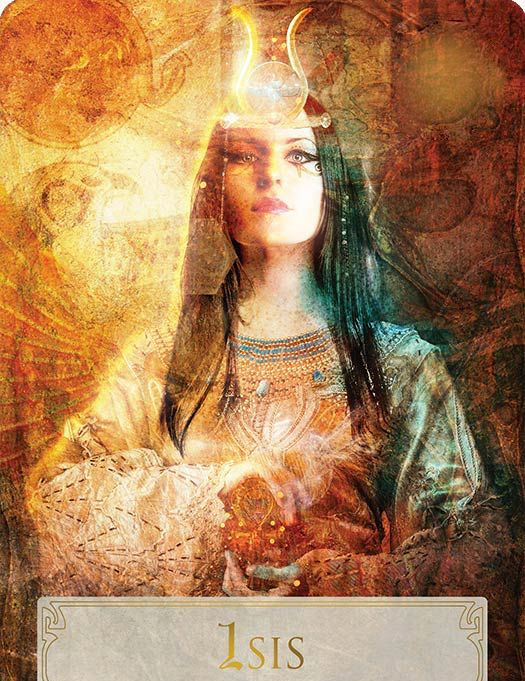

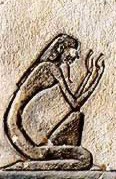





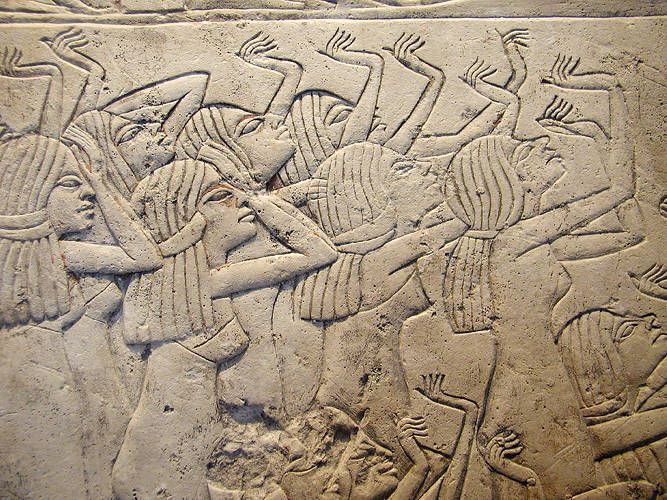






















 As the days grow longer, a certain soft joy fills me.
As the days grow longer, a certain soft joy fills me.
